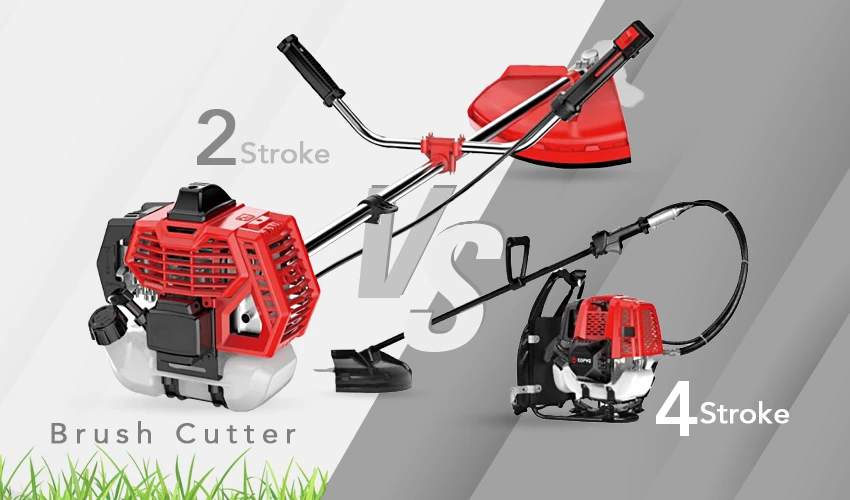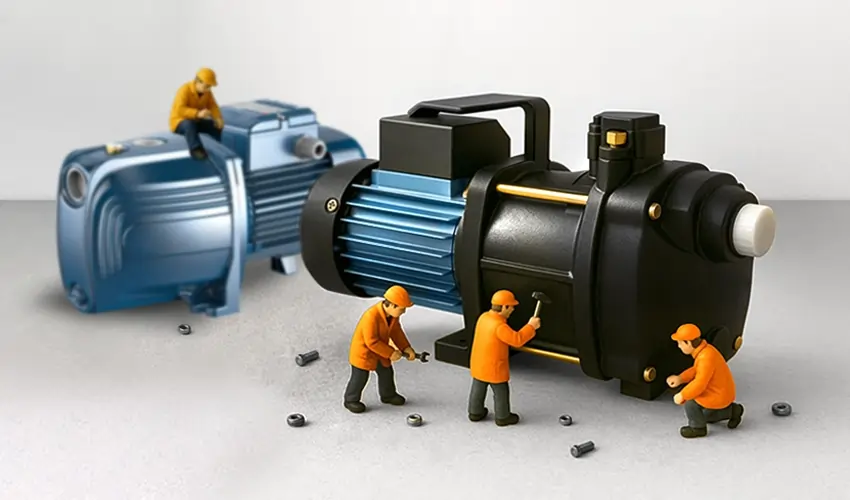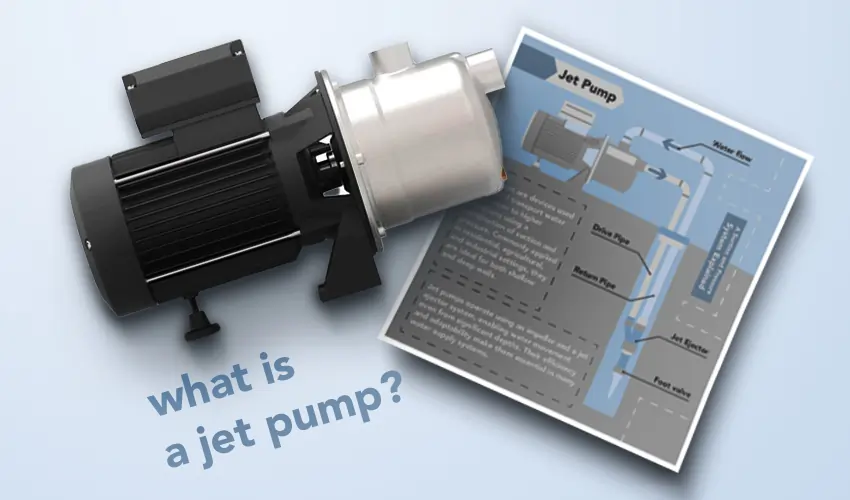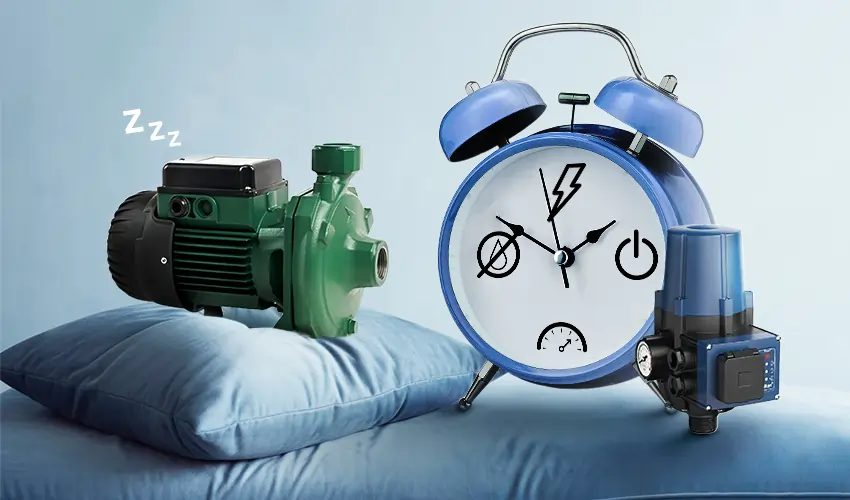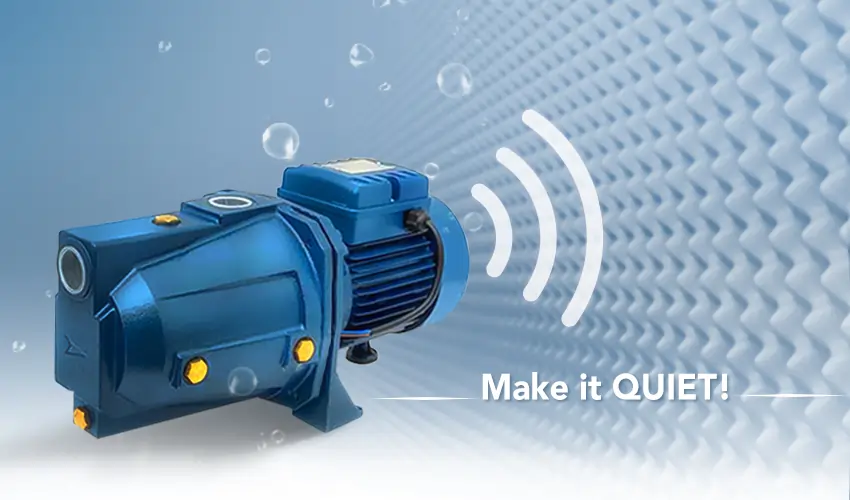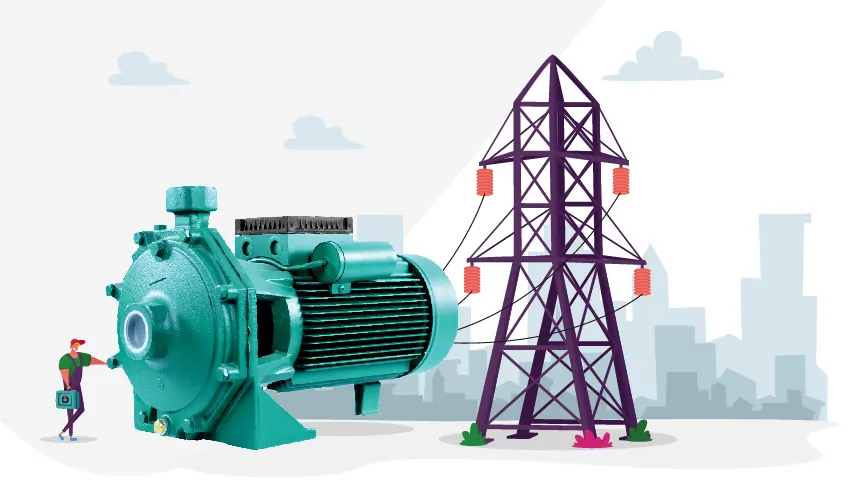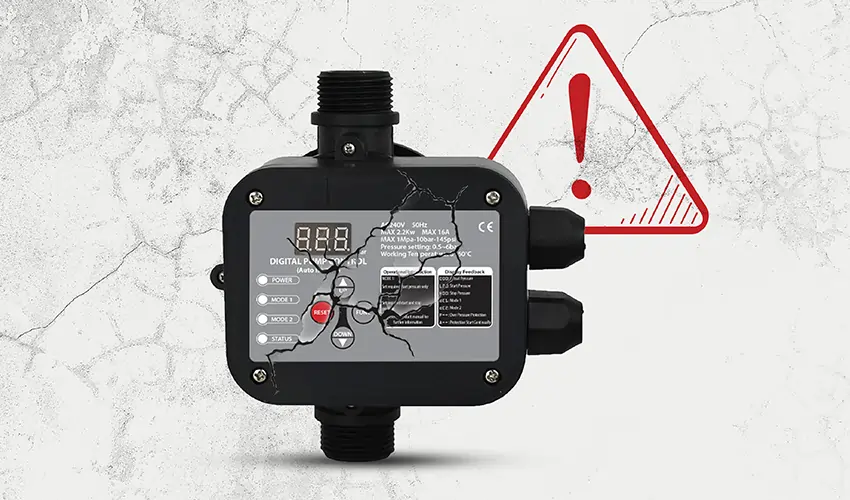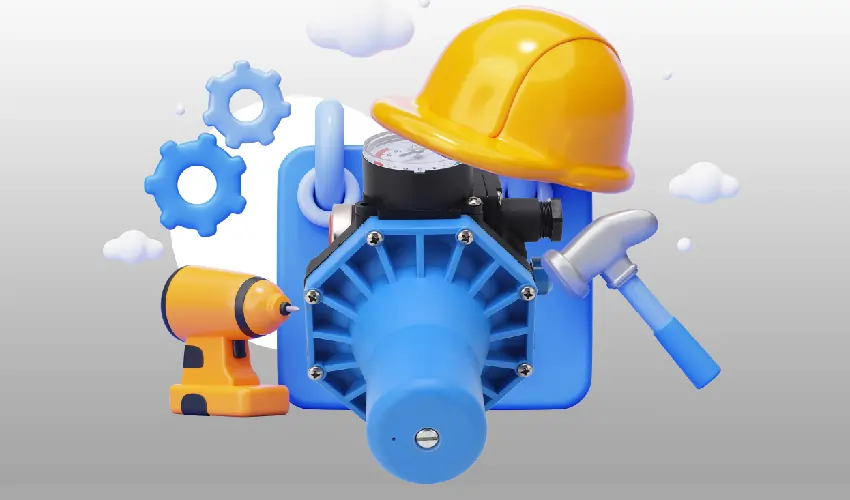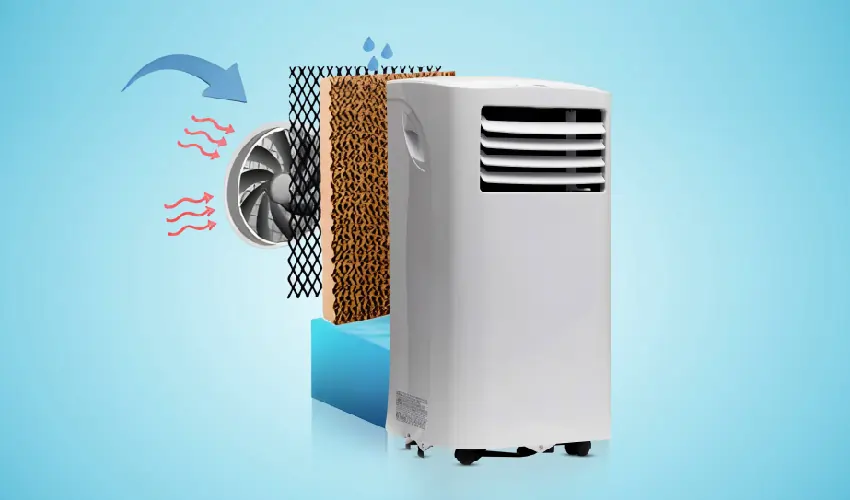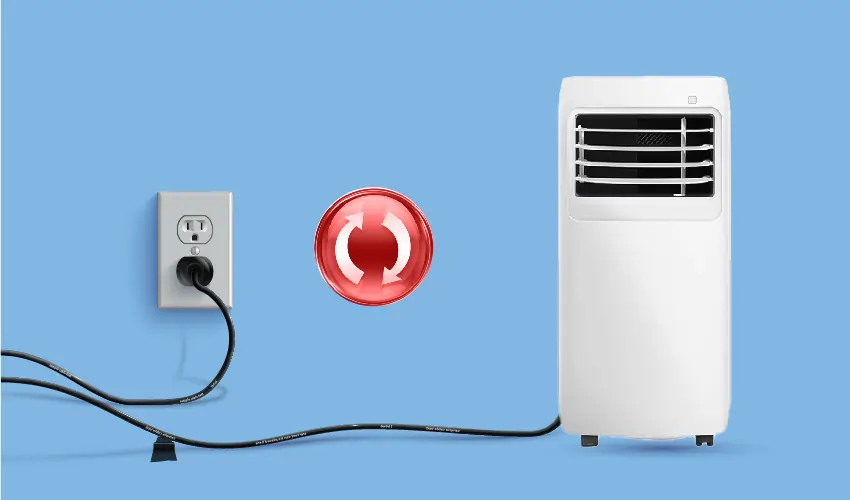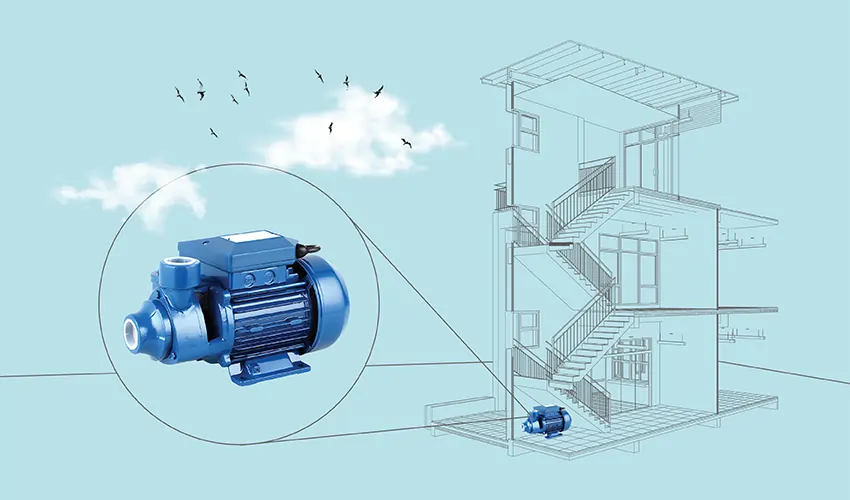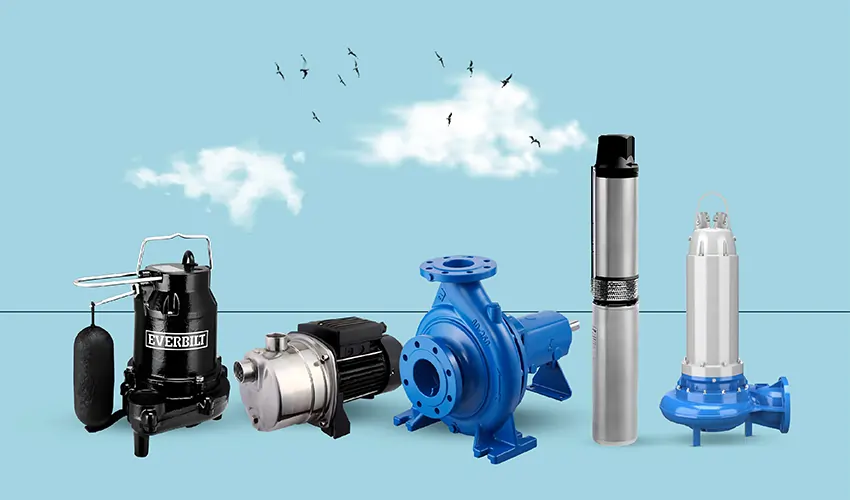2-Stroke vs 4-Stroke Brush Cutters: Which One Should You Choose?
When it comes to choosing between 2-stroke and 4-stroke brush cutters in agricultural equipment, the decision isn’t just about price, it’s about performance, ease of use, and how well the machine fits your work needs. Let’s break down the differences step by step.
Fuel System Basics
The 2-stroke brush cutter runs on a blend of gasoline and oil. In contrast, the 4-stroke model keeps oil and fuel in separate compartments.
Here’s a key detail about 2-stroke machines: once you finish your work, the tank should either be emptied or you should let the engine run until it shuts off by itself. Leaving a fuel mixture inside will cause the gasoline and oil to separate. This leads to clogs in the carburetor, which might require a full cleaning, or in some cases, even replacement.
And remember, this isn’t just about 2-strokes. Whether you own a 2-stroke or 4-stroke, fuel should never sit in the tank for long periods if the tool won’t be used.
Performance and Power
Performance is where the differences really show.
- 2-stroke brush cutters: These engines deliver higher RPMs, generating greater output. That’s why they’re often the preferred option when using attachments such as hedge trimmers, cultivators, or pruners. They can handle almost anything you connect. However, they produce more smoke and noise because of the fuel–oil burn.
- 4-stroke brush cutters: These are quieter, smoother, and emit less smoke. Starting them is also simpler due to their lighter recoil design. On the flip side, their lower RPM means slightly less power, making them better suited for tasks like grass cutting, alfalfa harvesting, or small-scale field work.
Work Duration
Here’s another crucial difference:
- 2-stroke models usually require a pause every 20–30 minutes to cool down.
- 4-stroke models can keep going for 60–90 minutes straight without problems.
So, if longer continuous operation is a priority, the 4-stroke is the stronger candidate.
Mobility and Angle Flexibility
When it comes to movement, 2-strokes have the edge. They can be tilted, rotated, or positioned in any direction without trouble. On the other hand, 4-strokes need to stay fairly upright. Tilting them too much risks oil moving into the wrong section of the engine, which can stall or even harm the system.
Upkeep and Service
Life Maintenance is another dividing line:
- 2-stroke machines cost less to maintain but generally wear out faster.
- 4-stroke machines demand more upkeep investment, but they stay in working condition for a much longer time.
Which Brush Cutter Is Right for You?
- If your main job involves wide fields, grass cutting, or crop harvesting, go with a 4-stroke brush cutter. It’s built for longer sessions and smoother operation.
- If you’re handling smaller areas, want to use multiple attachments, or need raw engine strength, the 2-stroke brush cutter will be the better fit.
Both 2-stroke and 4-stroke brush cutters have clear strengths. The right choice depends entirely on your type of work, your attachment needs, and how long you want to run the machine without breaks.

